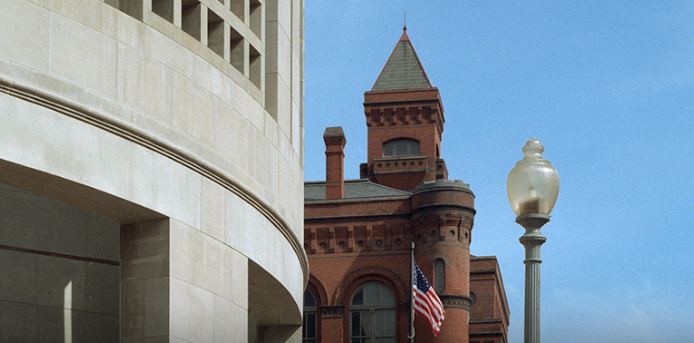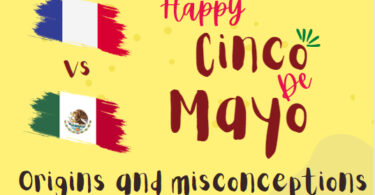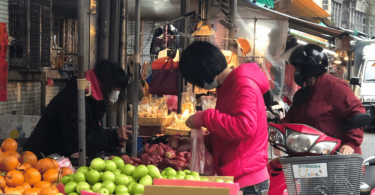WASHINGTON, D.C. – Though we learned about the Holocaust every year in English or history class, we never really went in depth. I wanted to know more.
Touring the United States Holocaust Memorial Museum during my visit to Washington gave me the perfect opportunity.
 I did not know what to expect as our group stepped into the museum elevator, but once the video started playing, I knew this museum was going to transform my outlook on everything in life.
I did not know what to expect as our group stepped into the museum elevator, but once the video started playing, I knew this museum was going to transform my outlook on everything in life.The introduction video stopped playing, the elevator doors opened and immediately, the setting changed.
It was no longer bright and loud anymore, like it was when we first walked into the museum. It was dark and quiet, except for the old videos that were playing
from the days before the Holocaust.
from the days before the Holocaust.
Then, when Hitler started gaining political power in Germany, citizens wanted a scapegoat for the nation’s problems, so they blamed the Jewish people.
Watching these videos shook me up as I saw people hail Hitler, not knowing what would happen to six million Jews until years later. As I got deeper into the museum, I tried to read and see every piece of information I could.
Our time there was short – only two hours – so I was always the last one out of the hallway. I wanted very much to learn the history behind the Holocaust and how so many people were influenced by hate.
When I saw a book burning on a video and the accompanying exhibit, I cringed inside. I could not understand why anyone would want to burn any type of book, no matter if they were written by Jewish authors or not. It was horrible to watch, and it seemed as if people were having fun doing this.
I understood that the propaganda and the desperate need for someone to get Germany back in shape influenced people’s attitudes, but I could not understand how so many people could hate one group of people.
History seemed to repeat itself from the time of the Civil War, but this time, it was in a much more hateful and violent way.
As I made my way through the museum, one image burned into my mind. We walked into a large room, and all around us were shoes. Shoes for children and adults. Girl shoes and boy shoes.
They had all been taken off the people going into the concentration camps, and most of them never came out.
I looked closely at the shoes. A lot of them were burned and covered in dirt, but one particular shoe stood out to me. A small pink shoe half covered in dirt rested on the top of the stack.
Seeing the little shoe gave me chills. It was disturbing that anyone would force a child to her death. I wanted to look at all of the other shoes, but we had to keep moving. Still, I couldn’t stop thinking about that pink shoe, the girl who once wore it and what she endured.
As I heard stories from the Holocaust in audio recordings, I felt so sad inside. These people were telling firsthand accounts of the horrors in Auschwitz and other concentration camps. They shared heartbreaking stories of how they were separated from their families and what they had to do in the camps.
Walking through the museum, I felt crushed. These people were put to death because they were different and they were not of the “superior race,” which does not and will not ever exist.
And I was angry that anyone would ever do this and kill six million people because they believed those people were inferior.
Entering the Holocaust museum, I had little knowledge on that period in history, but by the time I left, I’d learned a lot. That museum was my favorite part of touring Washington because it touched me so deeply.
Rather than simply feel in awe of the cool exhibits like I do at other museums, I saw true sadness and hardship at the Holocaust Museum. It left me in amazement, not because of how awesome it was, but because it broke my heart.
Sydney Hallett is a Senior Reporter for Youth Journalism International.
***
Your tax-deductible contribution can help support reporting from Sydney Hallett and many other youth around this world through this nonprofit at



